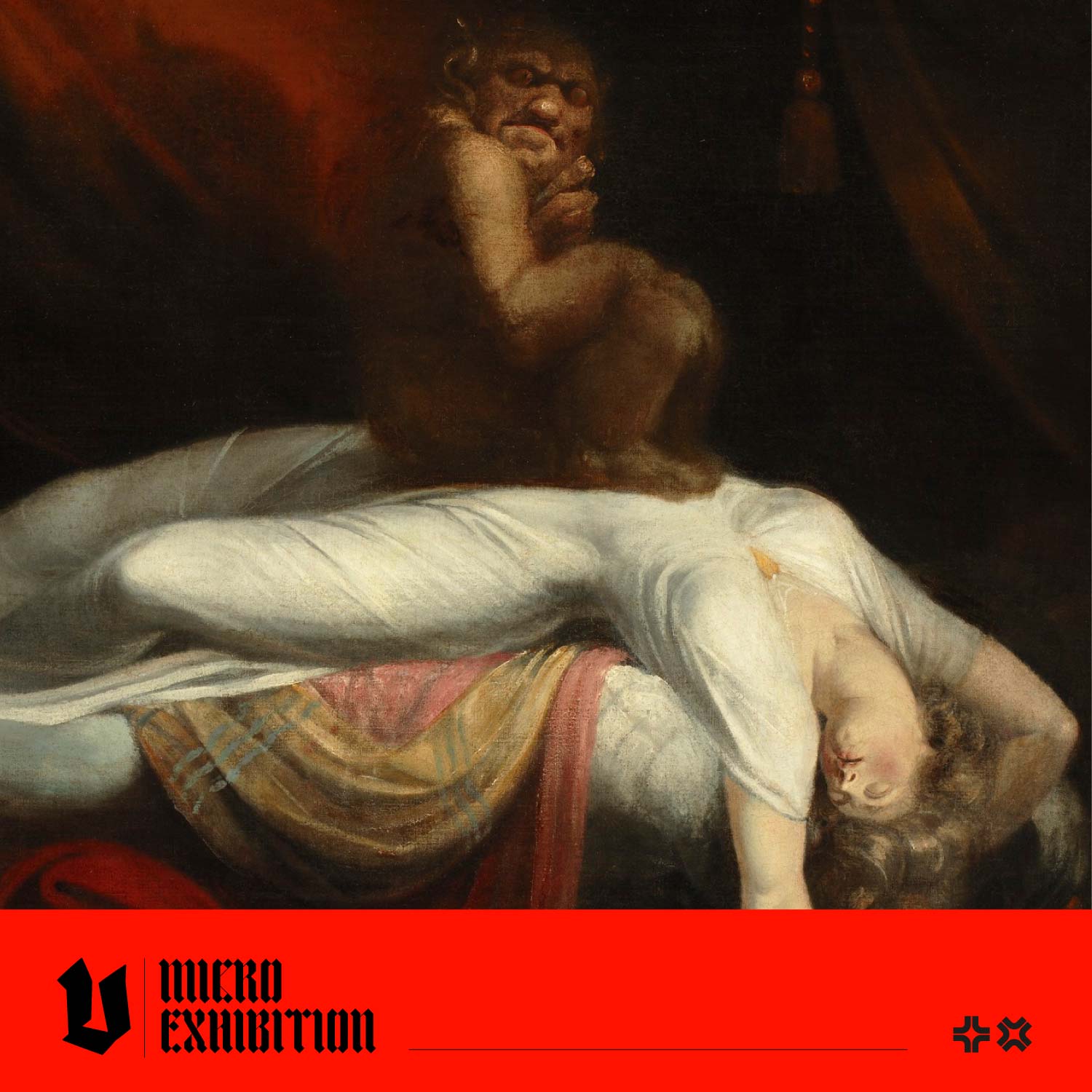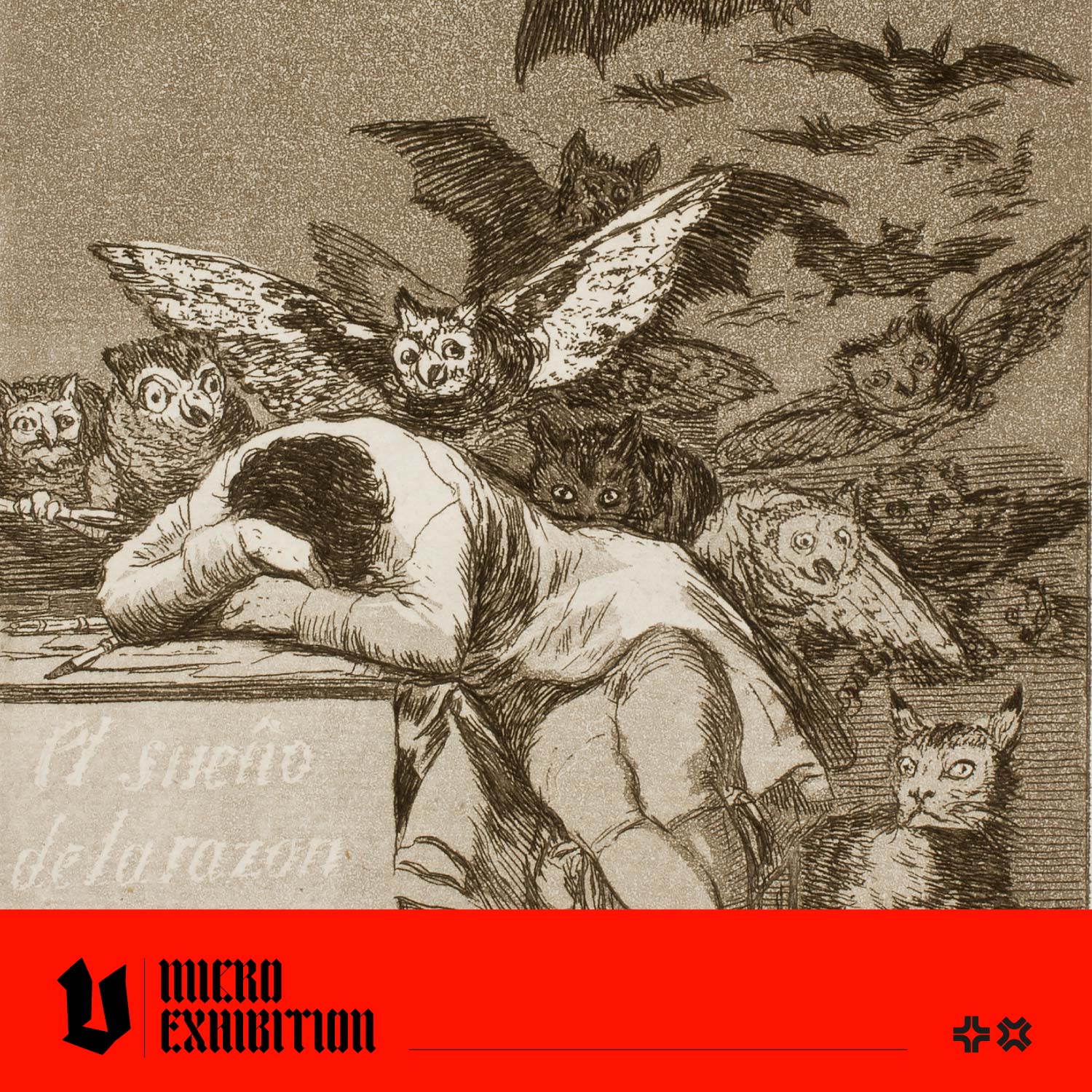Exploring the Gothic Imagination of Henry Fuseli: A Journey through His Life and Work
Henry Fuseli, an artist who blurred the lines between reality and the fantastic, remains one of the most compelling figures of 18th-century art. His work, characterised by bold imagination and psychological intensity, continues to captivate viewers with its exploration of the dream world, mythology, and the supernatural. This article explores the life of Fuseli, from his formative years in Zurich to his later prominence in England, and highlights several key works that shaped his career. Let's go!

Henry Fuseli - 'Thor Battering the Midgard Serpent' (1790)
How Did Henry Fuseli Start His Artistic Career?
Born in Zurich in 1741 as Johann Heinrich Füssli, Fuseli was introduced to the art world from a young age thanks to his father, Johann Caspar Füssli, a portrait painter and writer. Henry Fuseli received a classical and religious education that later influenced his artwork.
In 1765, Fuseli moved to England, where he showed his drawings to Sir Joshua Reynolds, the President of the Royal Academy, who encouraged Fuseli to pursue his artistic career. (Later in life, Fuseli would become an Associate of the Royal Academy of Arts and eventually rise to the prestigious roles of Professor of Paintings and later, Keeper.)

Henry Fuseli - 'The Death of Oedipus' (1783 - 1784)
Fuseli embarked upon an eight-year art pilgrimage to Italy in 1770, where he studied classical sculpture, Renaissance artists, including Michelangelo, and mannerist art. His exposure to dramatic compositions and exaggerated figures had a lasting impact on his style. Fuseli's paintings were also inspired by literary and mythological themes, reflecting his classical academic background. Works like 'The Death of Oedipus' (1783 - 1784) and 'Thor Battering the Midgard Serpent' (1790) reveal his interest in heroic and tragic narratives. These early pieces are characteristic of Fuseli's artistic style and depict emotional, tense scenes and figures in contorted and exaggerated poses illuminated by dramatic lighting.
Why is 'The Nightmare' by Henry Fuseli so Iconic?
Fuseli's painting, 'The Nightmare' (1781) remains one of the most iconic images of 18th-century art. The work depicts a woman in a deep sleep with a grotesque incubus perched on her chest and a ghostly horse peering from the shadows. Its unsettling blend of sensuality, terror, folklore, imagination, classical art, and the uncanny became Fuseli's hallmark. It is unlike any other of Fuseli's work as it doesn't reference literary or religious themes. 'The Nightmare' caused a sensation when it was first exhibited at the Royal Academy in 1782, sparking both fascination and controversy due to its provocative imagery. In 1783, the artwork was reproduced as an engraving, which boosted its popularity and inspired Fuseli to create multiple variations of the painting.

Henry Fuseli - 'The Nightmare' (1781)
Fuseli painted a portrait of an unknown woman on the reverse of the original canvas. Famous Art historian H.W Janson speculated this portrait was of Anna Landholt, the niece of a friend. Fuseli was infatuated with her, but Anna's father rejected his marriage proposal. Janson also wondered if the female figure in The Nightmare was a depiction of Landholt, with Fuseli represented by the imp. The artist didn't publicly comment on this aspect of the work, so it remains open to interpretation. What do you think?

Henry Fuseli's Captivating Shakespearean Art: A Blend of Drama and Fantasy
During the 1880s and 1890, Fuseli was commissioned to create a series of works for a Shakespere-themed gallery. He had at least nine works exhibited in the gallery, inspired by scenes from 'Macbeth', 'A Midsummer Night's Dream' and 'King Lear'. This venture encouraged Fuseli to create a gallery of paintings inspired by the poems of John Milton. Unfortunately, neither venture was commercially successful.

Henry Fuseli - 'Titania and Bottom' (1790), from 'A Midsummer Night's Dream'
'Titania and Bottom' (1790) is inspired by Shakespeare's play, 'A Midsummer Night's Dream'. This captivating work shows his love for theatrical and literary themes and surreal and supernatural imagery. This scene depicts Titania, the Queen of the Fairies, under a spell and falling in love with the weaver, Nick Bottom, who has also been enchanted and given a donkey's head. We have included a fascinating analysis of the painting by Frances Fowle for the Tate Britain:
"Titania calls on her fairies, who are wearing contemporary dress, to attend to Bottom: Pease-blossom scratches his ass's head; Mustard-seed perches on his hand in order to assist; and Cobweb kills a bee and brings him the honey-bag. A leering young woman offers him a basket of dried peas. The young woman leading a dwarf-like creature by a string symbolises the triumph of youth over old age, of the senses over the mind and of woman over man. The hooded old woman on the right is holding a changeling newly formed out of wax. Similarly, on the left of the picture, the group of children are artificial beings created by witches.
The picture draws on several artistic sources. Fuseli has adapted Titania's seductive pose from Leonardo da Vinci's Leda (c.1506, Galleria Borghese, Rome). The elves plunging into the calyx on the right are inspired by Botticelli's illustration of Canto XXX of Dante's Paradiso (c.1469). And the small girl with a butterfly head on the left derives from a type of child portrait developed by Reynolds, whereby the child's features closely resemble a cat, mouse or other small creature posed with her."
What Was Henry Fuseli's Legacy and Impact?
Henry Fuseli died on 16 April 1825 at the London home of Lady Guilford, daughter of his patron, Thomas Coutts. He was buried in Saint Paul's Cathedral. Henry Fuseli's impact on art was profound. His work broke away from neoclassical ideals, instead delving into the fantastical, the gothic, and the emotional. His vivid imagination influenced the Romantic movement and later artists, including William Blake, and his exploration of psychological states paved the way for Surrealism and Surrealist movements. Fuseli's bold compositions and willingness to explore the unknown ensured that his legacy would endure, inspiring artists and viewers alike with the power of his imagination.

Henry Fuseli - The Shepherd's Dream (1793), from 'Paradise Lost'




